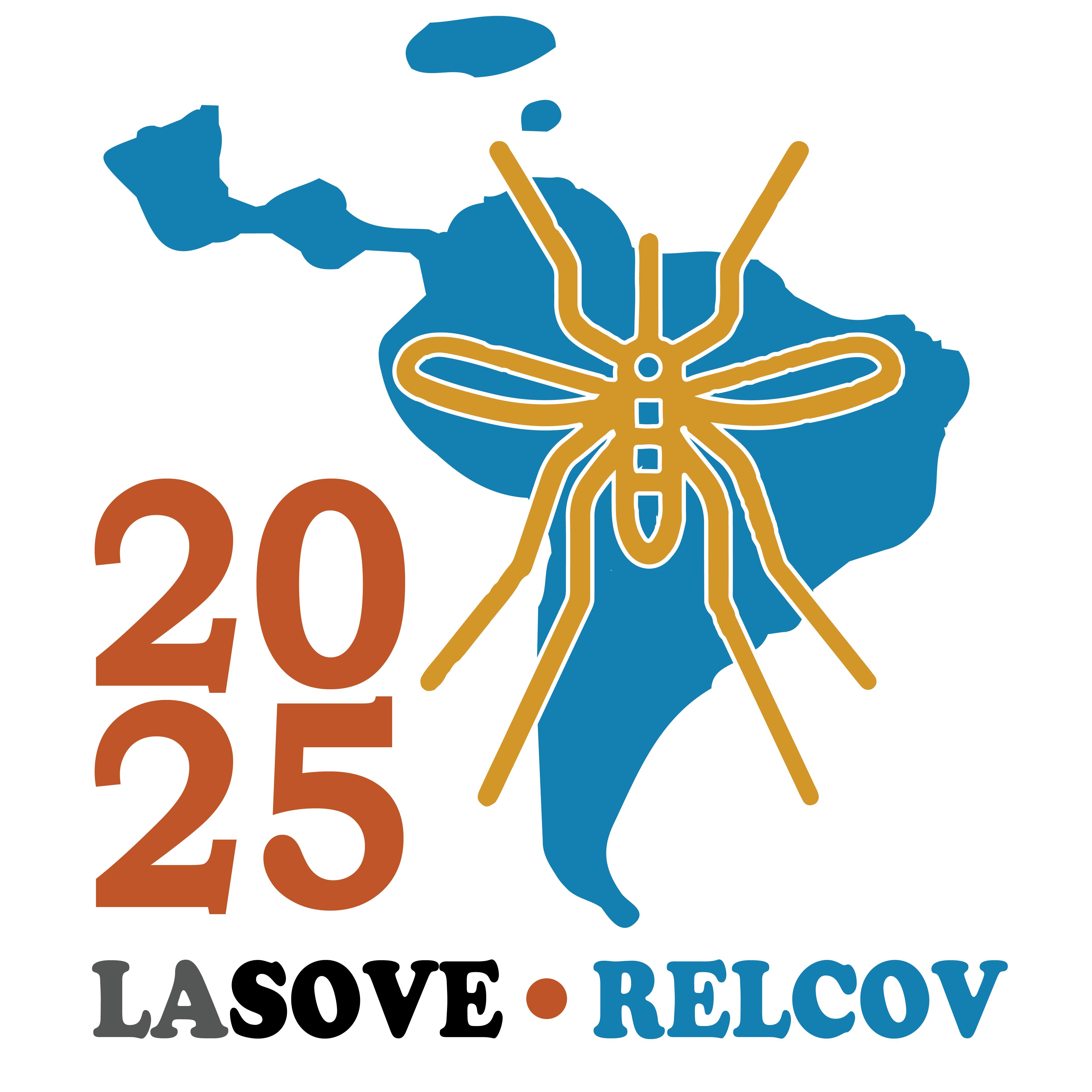Simposio: Leishmaniasis
SIMPOSIO
Leishmaniasis
COORDINA: Ma. Soledad Santini

Leishmaniasis en el Cono Sur: Vigilancia, prevención y control desde la perspectiva de una sola salud
La leishmaniasis comprende un complejo de enfermedades parasitarias causadas por protozoos del género Leishmania, transmitidas por flebótomos de la familia Psychodidae. En las Américas, se han identificado al menos 54 especies de flebótomos (Phlebotominae) con potencial vectorial. Su distribución y dinámica de transmisión están profundamente influenciadas por factores ambientales y climáticos, que afectan tanto la biología de los vectores como sus interacciones con los hospedadores humanos y animales. Los cambios en el uso del suelo, la deforestación, la urbanización no planificada y el aumento de las temperaturas modifican los hábitats de los flebótomos, facilitando su expansión hacia zonas periurbanas y urbanas. Estos escenarios emergentes, especialmente en contextos de vulnerabilidad social y ambiental, requieren respuestas integrales, adaptativas e intersectoriales.
Este simposio propone un abordaje regional de la leishmaniasis en el Cono Sur, enmarcado en el paradigma de Una Salud (One Health), integrando perspectivas ecológicas, clínicas, sociales e institucionales. Representantes de diversos países de América Latina compartirán experiencias y estrategias innovadoras:
- Anayansi Valderrama abordará la leishmaniasis cutánea desde una perspectiva de Una Salud – Panamá.
- Rafaella Albuquerque presentará el uso de collares impregnados con insecticidas como herramienta de control de la leishmaniasis visceral dentro del enfoque de Una Salud – Brasil.
- Daniel Salomón ofrecerá una mirada histórica y prospectiva de la leishmaniasis en Argentina (1985–2025), con foco en propuestas de vigilancia integrada – Argentina.
- Elizabeth Rangel discutirá la vigilancia y el control vectorial frente al cambio climático y las transformaciones ambientales – Brasil.
El simposio tiene como objetivo fortalecer el intercambio regional y promover la articulación entre la evidencia científica, las políticas públicas y la acción territorial. Se destacará el rol de las instituciones públicas en la planificación, implementación y sostenibilidad de estrategias de vigilancia, prevención y control, especialmente en territorios expuestos a crecientes riesgos ambientales y sanitarios.
Palabras clave: Leishmaniasis, Phlebotominae, cambio ambiental.
Créditos de las imágenes utilizadas en esta página web
Phlebotomus pappatasi, imagen por James Gathany (Centros para el Control y la Prevención de Enfermedades), Dominio Público, Wikimedia Commons (https://commons.wikimedia.org/wiki/File:Phlebotomus_pappatasi_bloodmeal_continue2.jpg) | Las imágenes de las personas miembro de los distintos comités de LA SOVE RELCOV 2025 así como las imágenes de los/as oradores/as fueron provistas por las mismas personas para uso exclusivo en esta página web. Los/as autores/as de estas imágenes se reservan el derecho de uso y reproducción de las mismas.
Cronograma del evento (1)
Lunes 27
-
